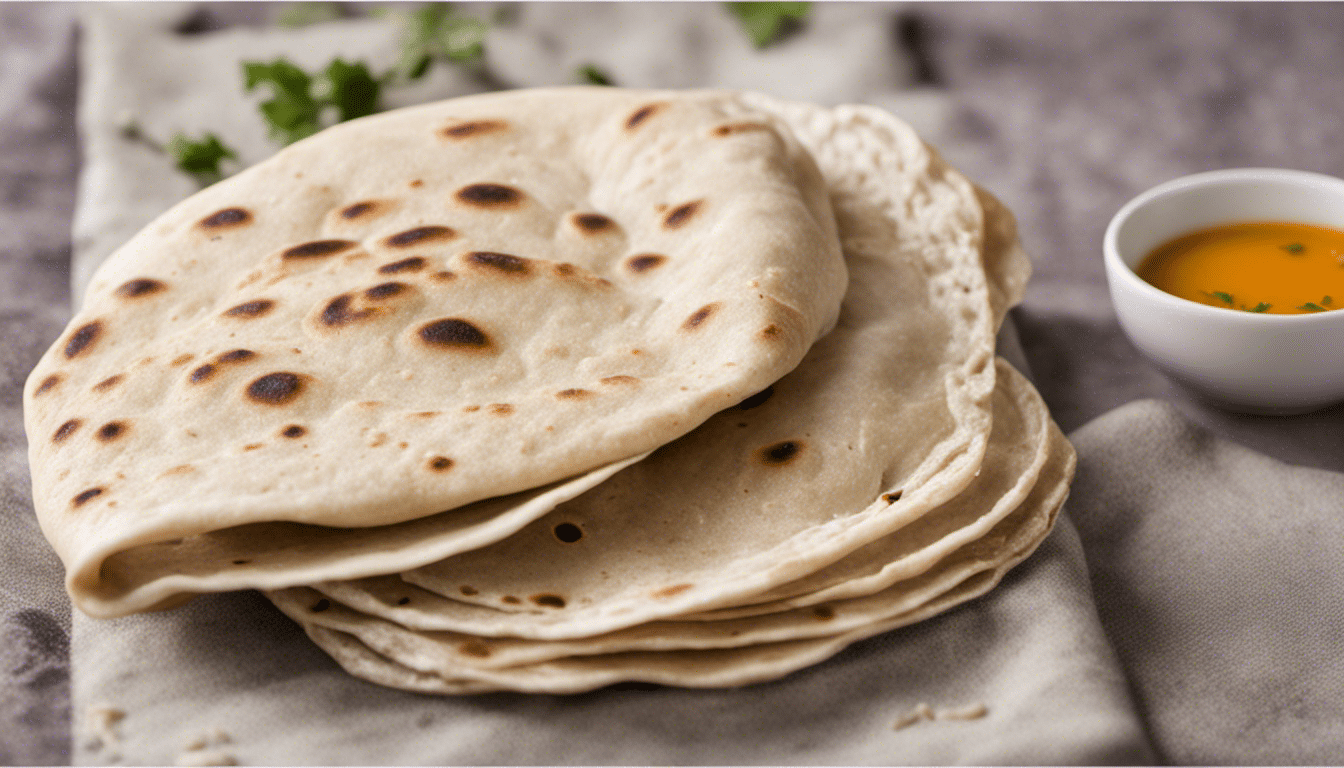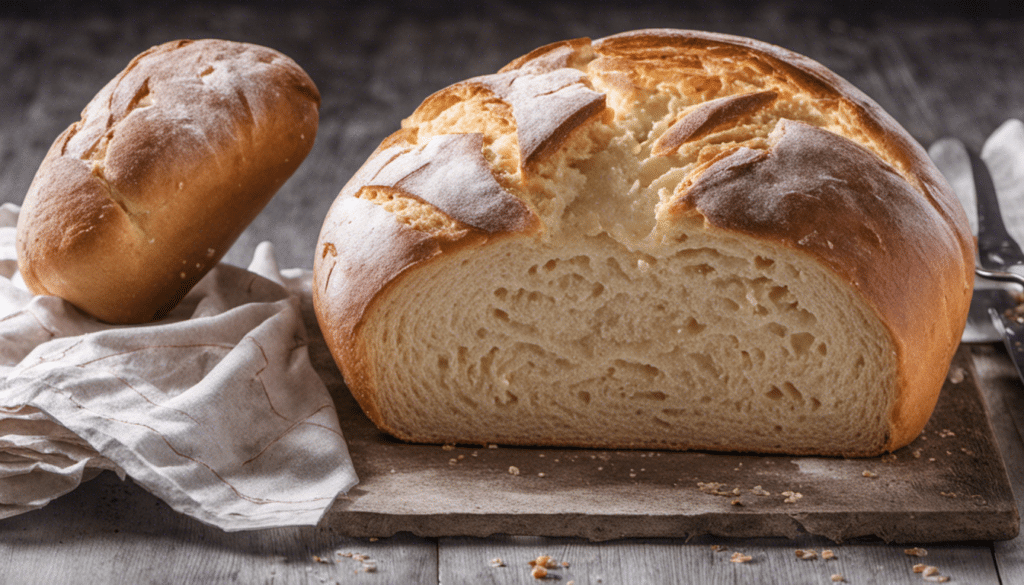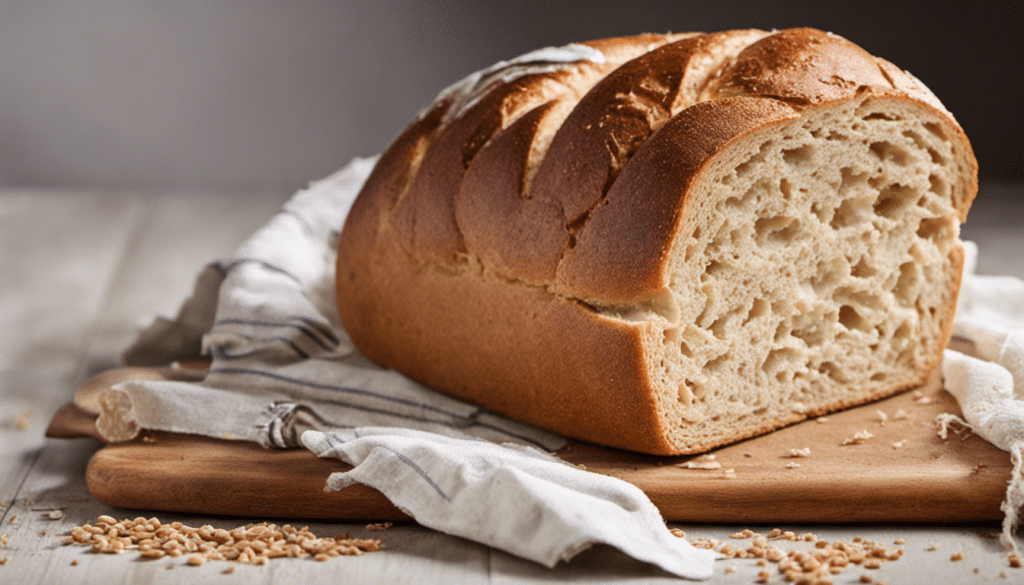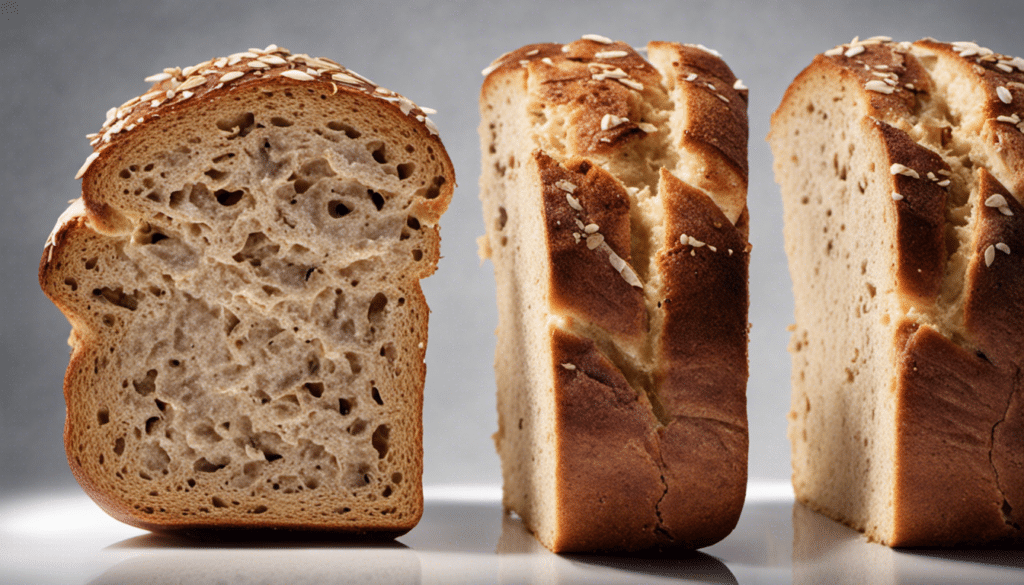| Prep: 15 mins | Cook: 15 mins – 20 mins | Difficulty: Easy | Serves: 6 |
| 2 cups wheat flour |
| 1 teaspoon salt |
| Water as required (approximately 3/4 cup) |
| 1 tablespoon vegetable oil (for kneading) |
| Extra wheat flour, for dusting |
| Extra vegetable oil, for cooking |
| kcal | fat | saturates | carbs |
| 120 | 4.5g | 0.6g | 20g |
| sugars | fibre | protein | salt |
| 0.4g | 3g | 3.5g | 0.4g |
About Chapati
At a satisfying intersection of health, nutrition and authentic world cuisine lies an essential Indian bread known as Chapati. With over thousands of years of culinary culture, India has gifted the world with many a mouth-watering delicacy. However, few are as humble yet profound as the modest Chapati, a staple accompaniment of daily meals in every household from the fertile plains of Punjab to the coconut-fringed coasts of Kerala. This versatile carb offers a tender, light complement to an array of richly flavoured dishes, whether it be zesty Lamb Rogan Josh, smooth Saag Paneer, or a empowering Lentil Dal.
The Secret Behind its Simplicity
What makes Chapati truly remarkable is its recipe, requiring a mere handful of simple ingredients. Wheat flour, water, salt and a tad of oil are combined to form a soft dough, later unleashing an alchemy of flavors under the skilled strokes of a rolling pin. And, as with many enduring recipes, the secret is not in ostentatious ingredients, but in technique – the Chapati demands a perfect balance between its humble components followed by careful cooking on a flat skillet or ‘tava’. With a bit of practice, the resulting creation is light and evenly cooked, with a delicate puff thermally induced, making each piece a testament to age-old culinary prowess.
Chapati – A Bridge Between Dishes
Comparatively, Chapati is akin to other global bread varieties such as the Mediterranean Pita or the Mexican Tortilla. However, a discerning palate will quickly notice the richer, more layered flavors that the wheat imparts. It is in the way that the soft bread mops up a dash of spiced curry, hugs a piece of tender meat, or merely acts as a humble carrier for an array of pickles, dals and chutneys, that truly distinguishes the Chapati. On the plate, it offers a neutral grounding, tying together the various components of a traditional Indian meal. This bread doesn’t simply belong in a traditional setting though. The versatility of Chapati makes it an interesting candidate to modify international dishes like wraps, quesadillas, or even the Italian classic bruschetta. So, whether you’re exploring a journey of Indian cuisine or simply seek to enrich your home menu, the Chapati offers a doorway into the vast ocean of culinary delights.
So there you have it, the story behind a simple round, unleavened bread that hosts a breadth of traditions, and serves as a passport to a myriad of flavors. A tale of grain and water, of rhythm and heat, Chapati may be a primal sort of food, but one that forever remains enduring, endearing and profoundly satisfying.
What You’ll Need
- 2 cups wheat flour
- 1 teaspoon salt
- Water as required (approximately 3/4 cup)
- 1 tablespoon vegetable oil (for kneading)
- Extra wheat flour, for dusting
- Extra vegetable oil, for cooking
Method
“`html
Step One
Start by combining the wheat flour and salt in a large mixing bowl. This is the base of your chapati dough. Make sure to mix it well so the salt is evenly distributed throughout the flour.
Step Two
Slowly start to add water to the flour mixture. The amount of water can vary depending on the type of flour you are using, but generally, around 3/4 cup should be sufficient. Mix the dough with your hands, adding more water as needed, until the dough comes together and is not too sticky or too dry.
Step Three
Add the tablespoon of vegetable oil to the dough and knead for around 10 minutes until it becomes elastic and smooth. If the dough sticks to your hands, sprinkle a little extra flour on it.
Step Four
Once your dough is ready, cover it with a damp cloth or cling wrap and let it rest for 30 minutes. This allows the gluten in the flour to relax and will make your chapatis softer.
Step Five
After the dough has rested, divide it into equal portions. Then, using a rolling pin and extra wheat flour for dusting, roll out each portion into a thin, round chapati. Try to roll the chapatis as thin as possible.
Step Six
Heat a skillet or tawa over medium heat. Once it’s hot, gently place a chapati on it. Cook it on one side for a few seconds until small bubbles begin to form, then flip it and cook the other side in the same way.
Step Seven
Brush each chapati with a small amount of extra vegetable oil. This will give them a nice, glossy finish and keep them moist. Continue cooking, flipping frequently, until the chapatis are golden brown and fully cooked.
Step Eight
Once cooked, remove the chapati from the skillet and place it in a covered dish to keep warm. Repeat the process with the remaining dough. Serve warm and enjoy!
“`




